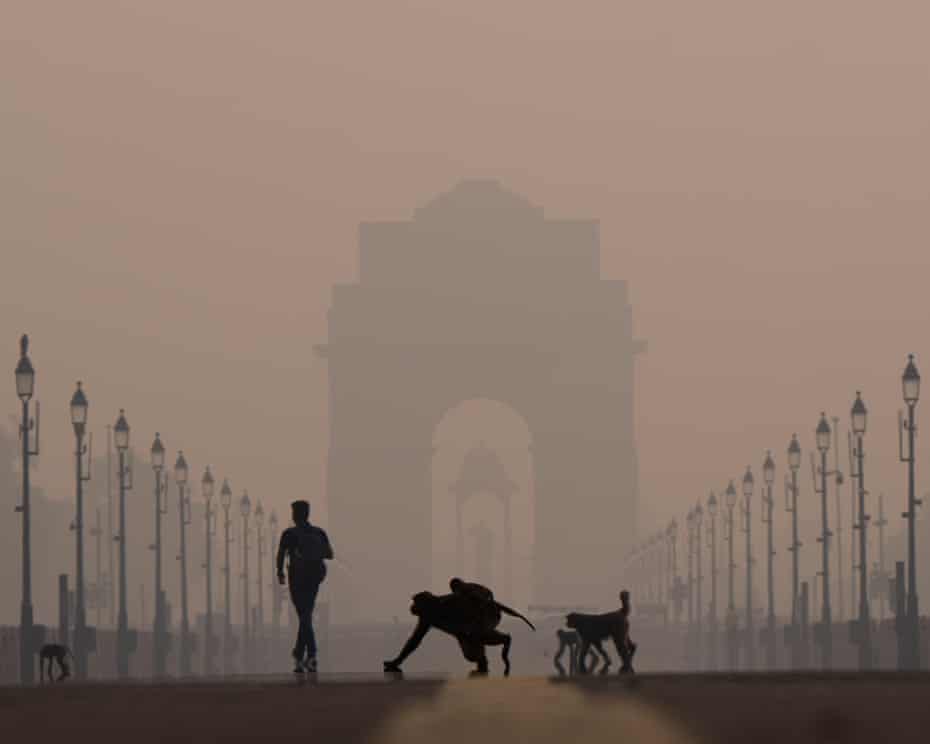The Delhi regional government has begun trialling a cloud‑seeding experiment in an attempt to induce artificial rain and reduce the city’s severe air pollution.
The Bharatiya Janata Party (BJP), which took charge of the regional administration earlier this year, has long promoted cloud seeding as a potential measure to tackle the capital’s toxic air. The technique involves dispersing particles such as silver iodide into clouds using aircraft or drones. These particles act as nuclei around which water droplets can form, increasing the likelihood of rainfall.
Unpredictable weather conditions had delayed the scheme for several months. However, following a sharp deterioration in air quality after the Diwali festival, when pollution once again reached hazardous levels and a dense brown haze settled over the city, the government announced that the project would finally proceed.
Delhi’s environment minister, Manjinder Singh Sirsa, confirmed that the first trial flight took place on Thursday, during which seeding flares were launched into the atmosphere. The city’s chief minister, Rekha Gupta, added: “If conditions remain favourable, Delhi will experience its first artificial rain on 29 October.”
While the government has presented the initiative as a bold step, experts have cautioned against overestimating its effectiveness. Studies suggest that cloud seeding can marginally increase rainfall, but the results are often limited. The process also requires the presence of suitable clouds, which are frequently absent during Delhi’s winter months when pollution is at its worst. Crucially, the method does not address the underlying sources of pollution.
Two professors at Delhi’s Centre for Atmospheric Sciences, Shahzad Gani and Krishna AchutaRao, criticised the plan in an article for The Hindu, describing it as a “gimmick”. They argued: “It is a textbook case of science misapplied and ethics ignored.” The academics compared the project to the “smog towers” erected by the previous government at great expense, which were later found to have little impact on air quality.
They also raised concerns about the long‑term consequences of repeatedly dispersing chemicals such as silver iodide and sodium chloride into the atmosphere, warning of potential risks to agriculture and human health. “Snake‑oil solutions will not clear the air in Delhi or the rest of North India,” they wrote.
Delhi has consistently ranked as the world’s most polluted city for more than a decade. In 2024, pollution levels rose by 6%, driven by emissions from crop burning, industrial activity and heavy traffic. These pollutants become trapped over the city during colder months, when atmospheric conditions prevent their dispersal.
Levels of fine particulate matter, PM2.5 and PM10, regularly exceed those recorded during Beijing’s notorious “airpocalypse” of 2013, before the Chinese government introduced sweeping measures to improve air quality.
The Delhi government insists that cloud seeding could provide temporary relief during periods of extreme pollution. However, critics argue that only sustained efforts to curb emissions at their source, including stricter controls on industry, transport and agricultural burning, will bring lasting improvements to the city’s air.



